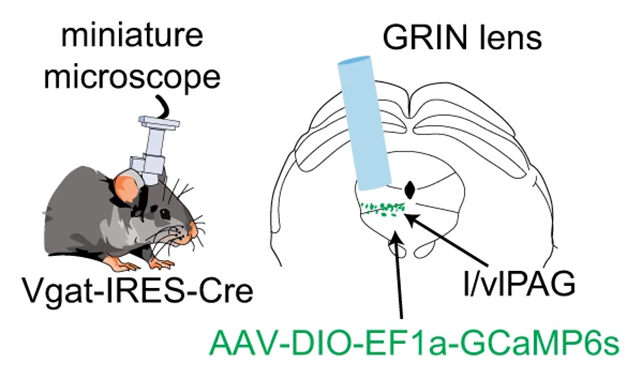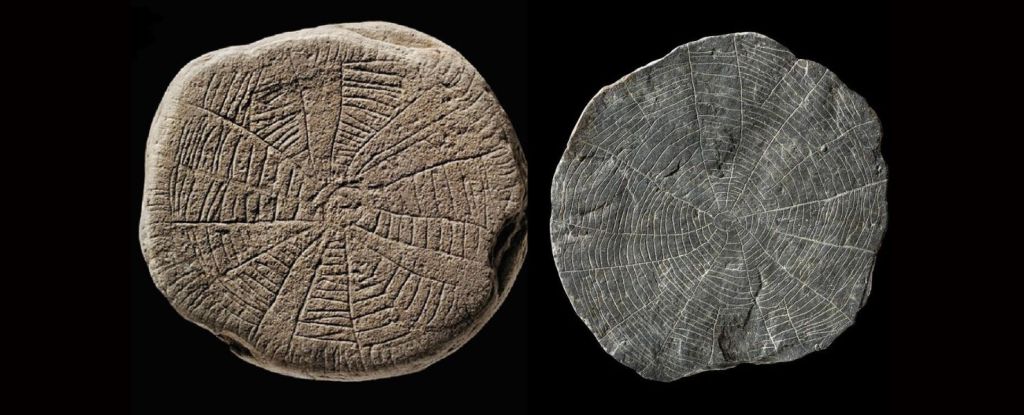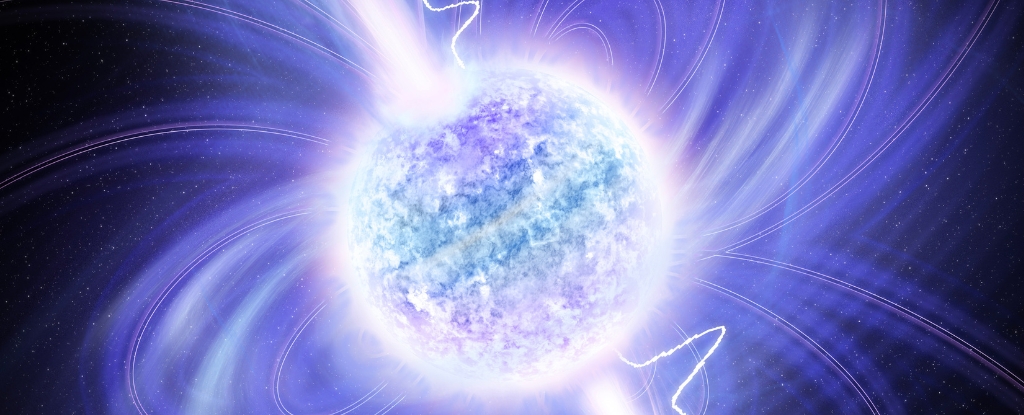ARTICLE AD
 (Peter M. Fisher/The Image Bank/Getty Images)
(Peter M. Fisher/The Image Bank/Getty Images)
New research reveals how our impulses to eat, even when we're not hungry, might be triggered by a specific part of the brain rather than the usual hunger pangs from our stomachs – a finding that could be important in the future treatment of eating disorders.
In tests on mice, carried out by a team led by researchers from the University of California, Los Angeles (UCLA), particular clusters of cells were shown to drive snacking behavior. These cells are in a part of the brain that has been linked to panic responses, but not to eating.
"This region we're studying is called the periaqueductal gray (PAG), and it is in the brainstem, which is very old in evolutionary history," says neuroscientist Avishek Adhikari, from UCLA. "Because of that, it is functionally similar between humans and mice."
 Mice were monitored with custom-made microscopes. (Reis et al., Nature Communications, 2024)
Mice were monitored with custom-made microscopes. (Reis et al., Nature Communications, 2024)When the specific PAG cells were deliberately activated in mice that had already eaten, they set off on the hunt for food – both live food, and especially fatty food that didn't count as prey (the equivalent of heading to the fridge for a late-night snack, or having a sweet dessert).
The animals were so determined when these specific PAG neurons were turned on, they endured tiny electric shocks to get to their food. As scientists know from previous experiments, this isn't something mice would normally do when they're not hungry.
And the stimulation also caused mice to be more adventurous, chasing after ping pong balls and more fully exploring their enclosures. When signals from the same brain neurons were turned down, these behaviors were reversed.
"The results suggest the following behavior is related more to wanting than to hunger," says Adhikari. "Hunger is aversive, meaning that mice usually avoid feeling hungry if they can. But they seek out activation of these cells, suggesting that the circuit is not causing hunger."
"Instead, we think this circuit causes the craving of highly rewarding, high-caloric food. These cells can cause the mouse to eat more high-calorie foods even in the absence of hunger."
This still needs to be verified in humans of course, but we have the same kind of neuron cell structure in our own brains, so it's likely that something similar is going on when we're getting cravings for snacks that aren't particularly good for us. If the circuit is identified in humans, it could lead to better understanding of eating disorders, and potential treatment targets.
The PAG brain circuit seems to be able to override the usual impulses we get about what to eat and when to eat it, particularly in terms of junk food – and that's an important finding for any kind of future research into eating patterns and choices, which are of course fundamental behaviors in every living organism.
"Although our findings were a surprise, it makes sense that food-seeking would be rooted in such an ancient part of the brain, since foraging is something all animals need to do," says Adhikari.
The research has been published in Nature Communications.

 9 months ago
54
9 months ago
54 

